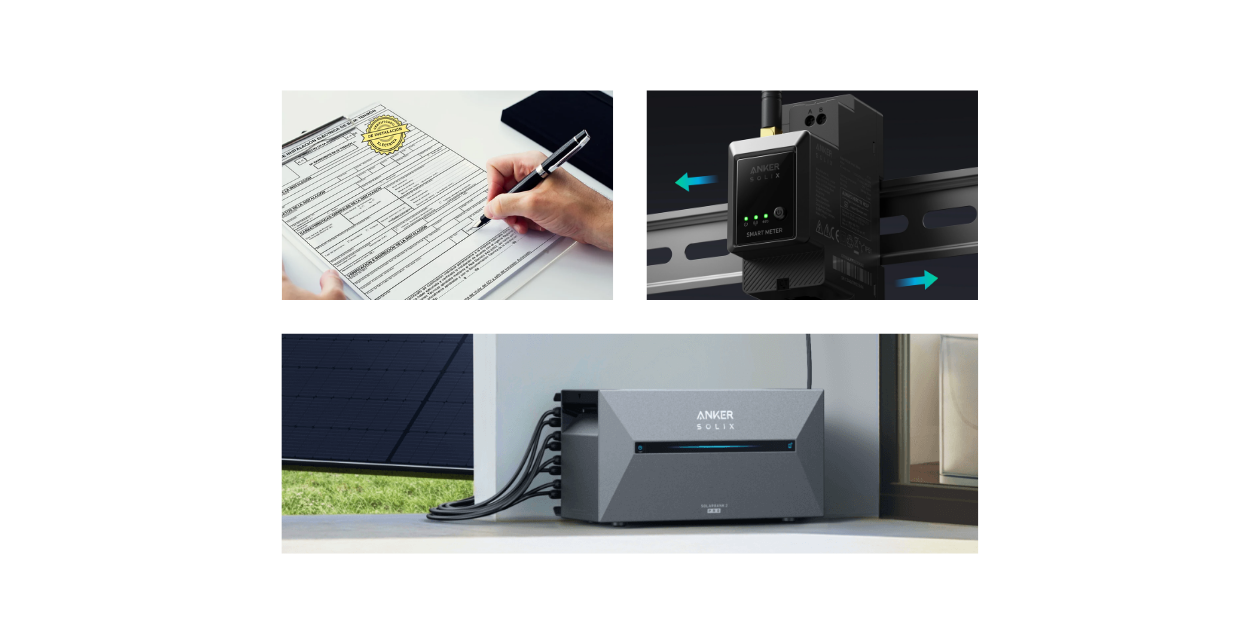
Smart solar solutions: Choosing between kit certification, batteries, and smart meter
At Robinsun, we bring the latest technology to our customers to make sure every family gets access to affordable renewable energy solutions. Everybody can generate their own solar energy and save on their power bills. Since the recent launch of the new Solarbank 2 Pro battery system, we’ve received many questions about which option is better, depending on different situations, countries and consumption needs. Considering the available alternatives, seeking compensation for surplus power or installing a zero feed-in device (smart meter) with storage, we will discuss both of them to clarify the situation.
When your plugin solar kit produces a certain amount of electricity, you can use it all on the spot. But there are times of the day where you might not consume as much as your kit produces, leaving you with a surplus. This surplus can be stored in batteries, or can be fed into the grid. What you do with this is your decision. This blog will provide you with all the information you need to make the right choice.
Certification
To feed electricity into the power grid, the installation of your plugin solar kit may require certification, registration, or notification, depending on local regulations. In countries where feed-in compensation is offered, a certification is mandatory to be eligible for it. Once certified, your energy provider may compensate you for surplus energy by either paying you per kWh fed into the grid or offsetting the excess against your future consumption. This is also sometimes called “virtual battery”, despite there being no real battery anywhere. After obtaining the certification, if required, simply send it to your power company. They will verify that your meter supports bidirectional measurement, activate the tracking of your surplus energy, and proceed with compensation.
Smart meter
A smart meter, or zero feed-in device, helps to avoid feeding surplus energy into the power grid. It continuously monitors the flow of electricity through your main power line and, when it detects power being sent to the public grid, it adjusts your microinverter’s or battery’s output to stop the excess energy from leaving your home system. In some regions, local electrical regulations may require the installation of such a device if you do not have an installation certificate.
Solarbank2 battery system
We recently launched the new Anker Solarbank2 battery system that stores excess solar energy produced during the day instead of feeding it into the grid. This system is fully compatible with our Robinsun plugin solar kits and has a base storage capacity of 1,6 kWh. You can add extension batteries to enlarge your capacity of 1,6 kWh each, up to a maximum storage of 9,6 kWh. It is extremely easy to install and suitable for outdoor use (IP65 standard). Anker offers an app that shows real-time power stored or consumed, facilitating power control and analysis over WiFi and Bluetooth.
Solarbank 2 Pro
Best for: Medium-large families or households with more appliances.
Features: Integrated battery, micro inverter, and solar controller in one unit. Connects to 4 solar panels. Fully compatible with our top quality Aiko or QN Solar panels. Maximum output of 800 W to be compliant with European self-installation norms.
Battery Capacity: 1,6 kWh included in the base module, allows up to 5 extension batteries of 1,6 kWh each, for a maximum of 9,6 kWh in total.
Additional Options: Connects to a smart meter to monitor real-time power production and consumption, ensuring no solar power is wasted. Includes an additional Schuko socket for use during power cuts, with a max 1.000 W direct output.
Solarbank 2 Plus
Best for: Low energy consumption families.
Features: Integrated battery, micro inverter, and solar controller in one unit. Connects up to 2 high-performance Aiko or QN solar panels. Maximum output of 800 W to be compliant with European self-installation norms.
Battery Capacity: Same as the Pro version.
Additional Options: Same as the Pro version.
Both Solarbank 2 models have a maximum output power of 800 W for on-grid use, compliant with plugin regulations across Europe, allowing for easy self-installation, and up to 1000 W for off-grid use. Check the new SolarBank batteries systems and the storage options at our store.
Different location, different solution
In Spain, the certificate (CIE) costs €149 VAT included plus regional taxes and cost. If your house is on a “rustico” plot, you need an additional certification called CTA. For larger plugin solar kits with 6 or 8 panels, the "CIE XL" is available at €199. Get your CIE with our help. We certify Robinsun plugin solar kits exclusively, being able to offer an extremely low price to our customers. Certifications in Spain can otherwise cost up to €500 plus taxes.
In Portugal, if your plugin solar kit generates more than 700 Wh and any surplus energy sent back to the grid, you must notify the DGEG and obtain certification from an authorized electrician. This will not give you any compensation for your surplus that you are feeding into the grid for free. You can avoid DGEG registration and give away free power to the grid by installing a zero feed-in device. With the smart meter of the Anker Solarbank 2 battery system, this is the case. You avoid DGEG registration, store all your surplus and use it when the sun doesn’t shine, buying even less power from the grid.
In Italy, a bidirectional meter is required to prevent surplus energy sent to the public grid from being counted as consumption, which would result in additional charges. For systems up to 350 W output, you can install freely without restrictions, but since 350 W panels are no longer on the market, this option is less practical. For installations up to 800 W, self-installation is possible, but it requires notifying the network operator, which involves significant paperwork and the documents must be signed and sealed by a certified installer. Check the ARERA and (CEI 021) for information. However, You can self-install a Solarbank2 battery system to avoid communicating or certifying anything, allowing you to store and consume all the energy without any paperwork or regulatory interference.
In France it is necessary to obtain a certificate of conformity from the National Committee for the Safety of Electricity Users (Consuel) based on French electrical standards DGEC. Additionally, you must notify your electricity provider company.
Conclusions
In most Southern European countries, certification or notification processes are complicated and offer little to no benefits. However, in Spain, the CIE solution stands out as an easy, affordable, and quick option. Installing a smart meter can free you from these certification requirements altogether, ensuring that any surplus energy you generate doesn't get sent back to the public grid. Regardless of your location, installing a battery makes even more sense. With our innovative storage solutions, you can store the extra energy your system produces and use it during the night or on cloudy days, maximizing your energy savings and production. If you have any other questions, please Contact us via email, WhatsApp or call us directly.

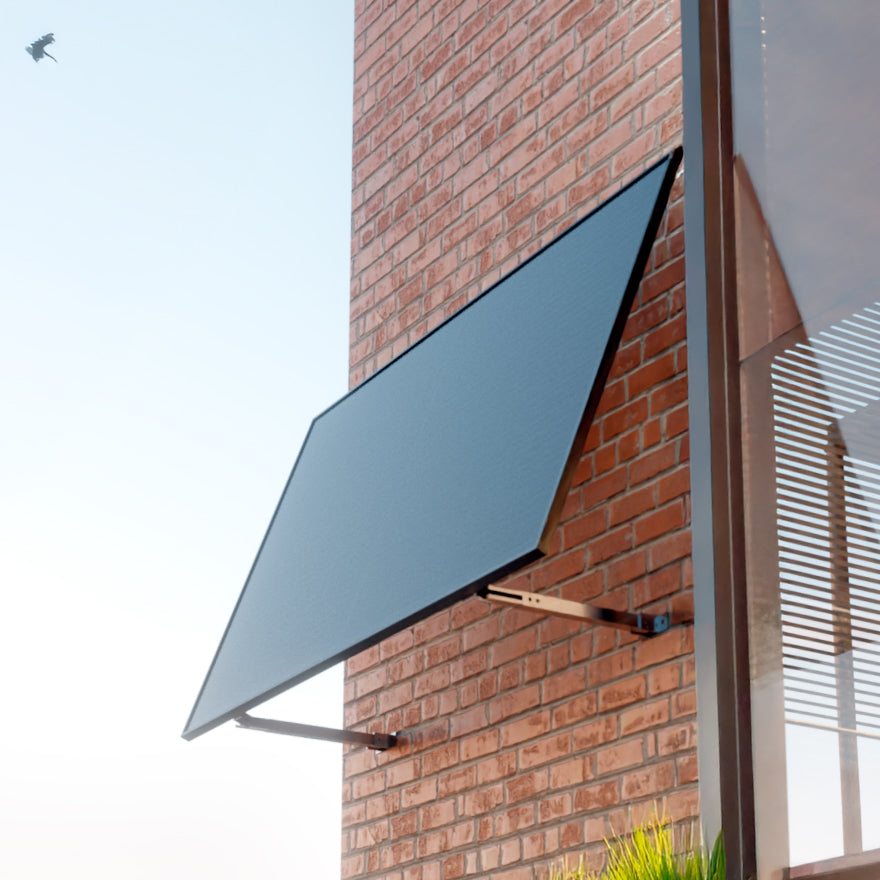
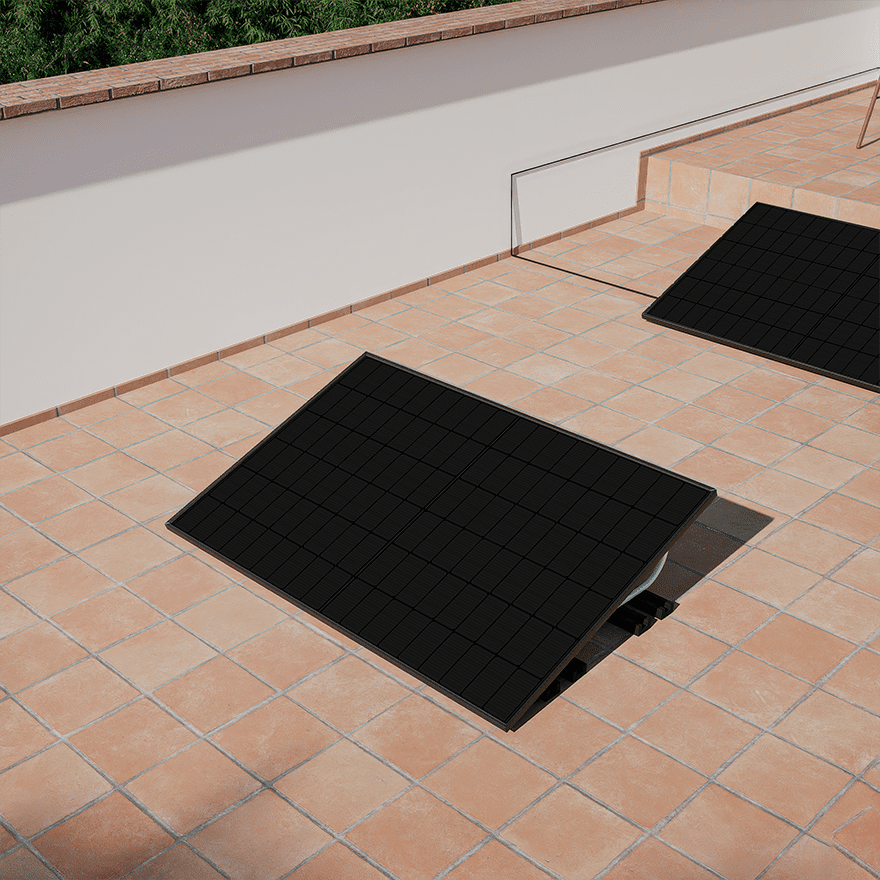
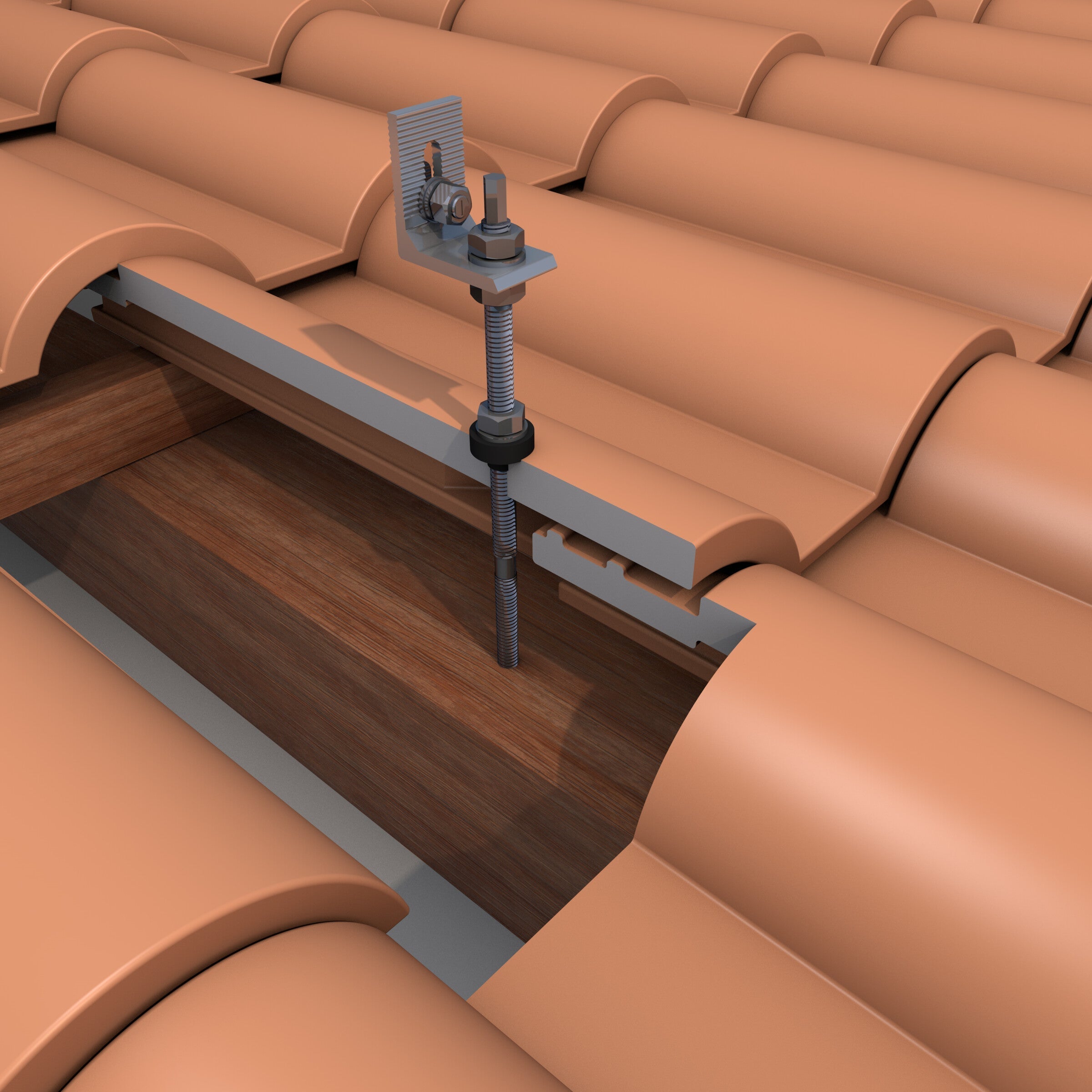
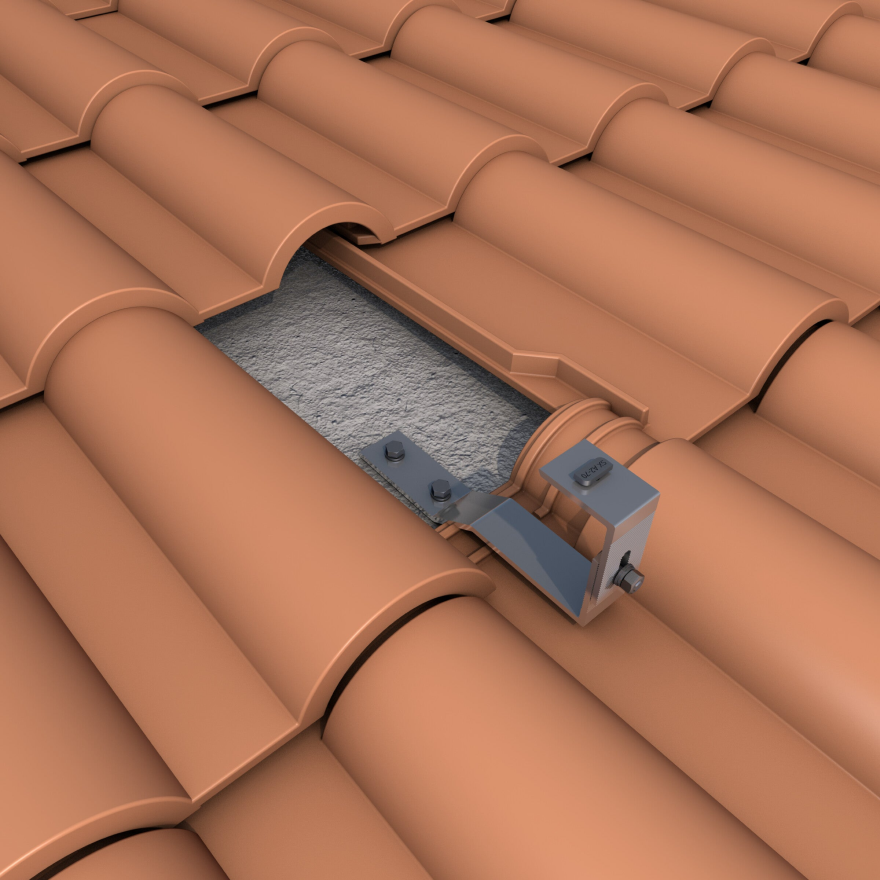
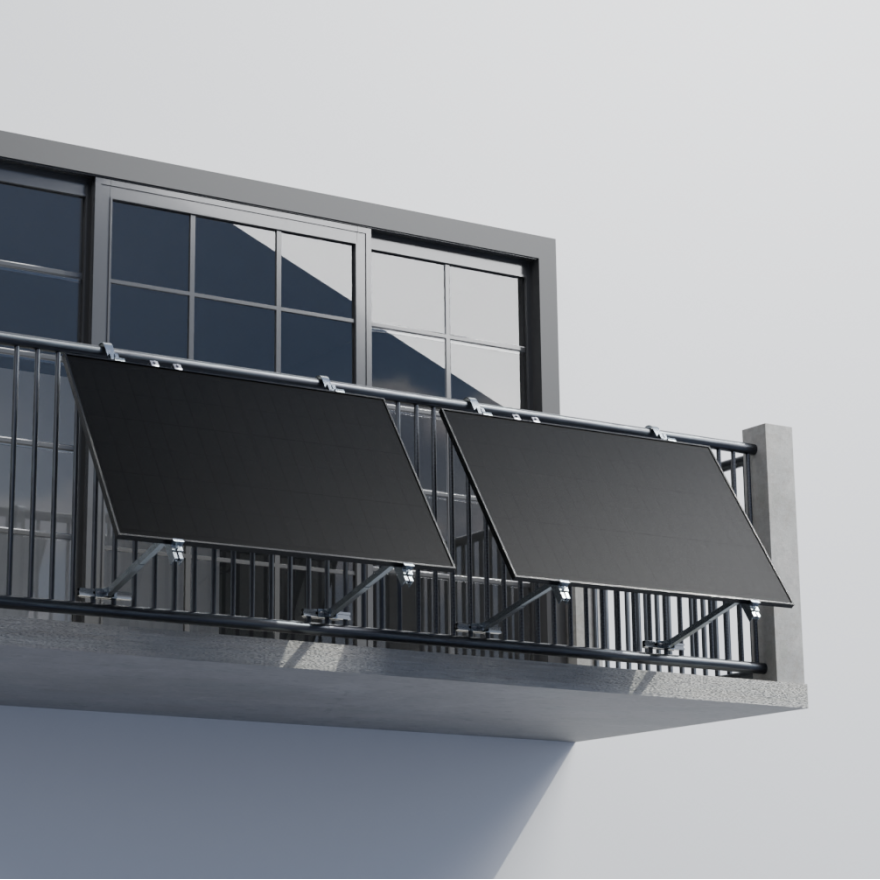
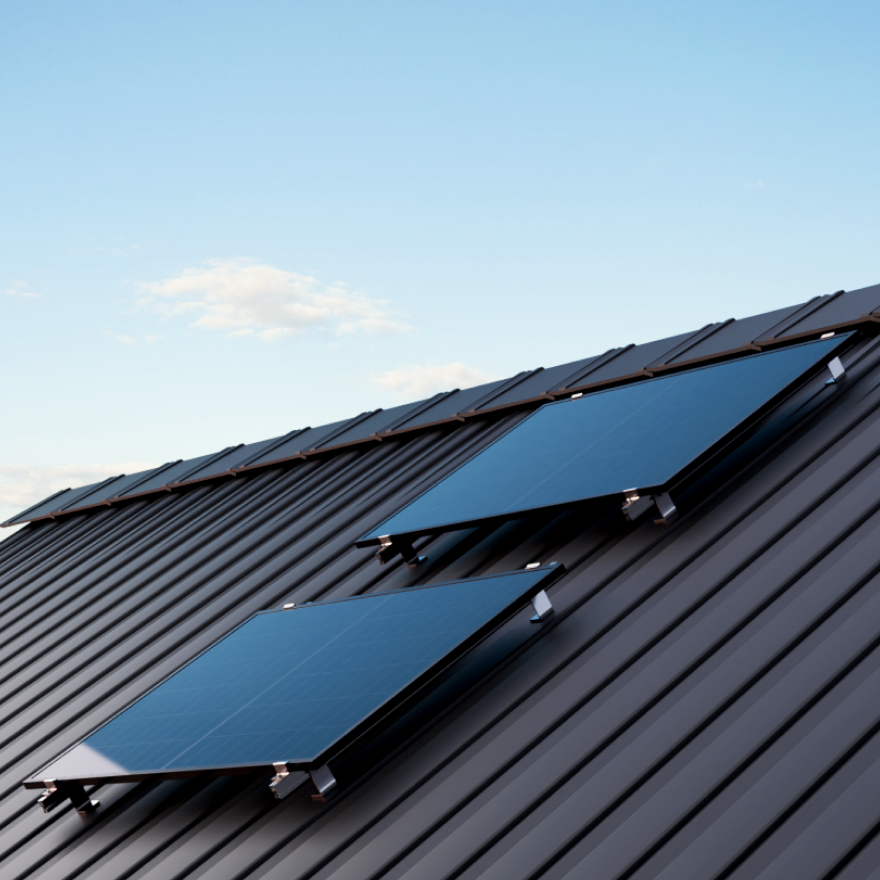
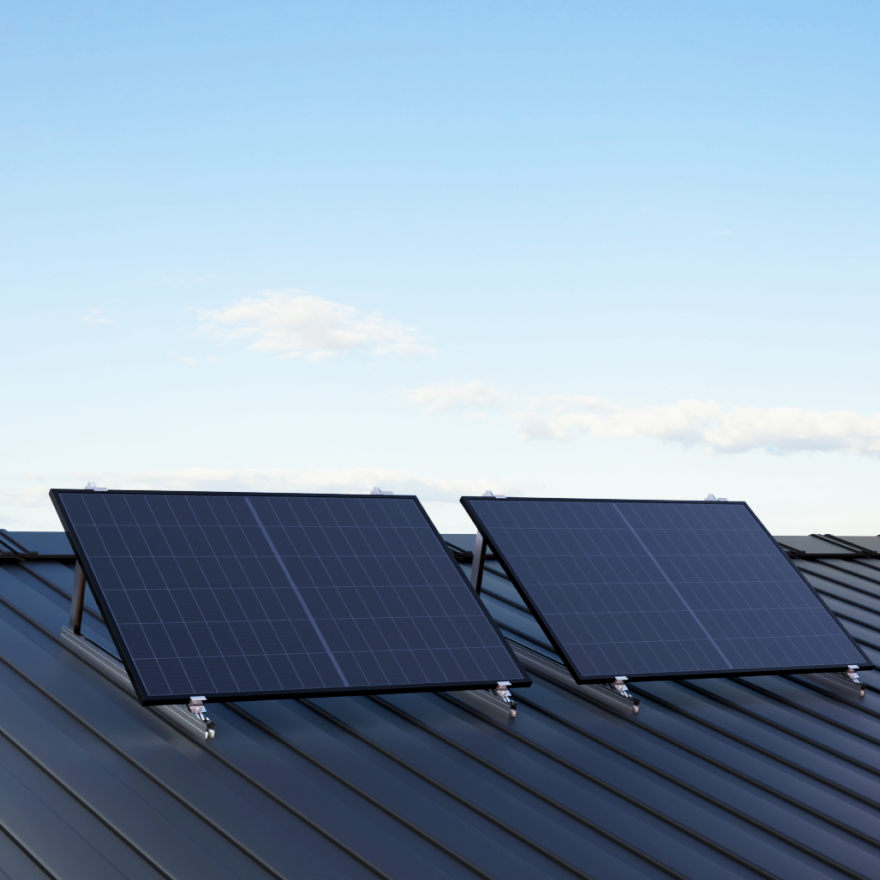
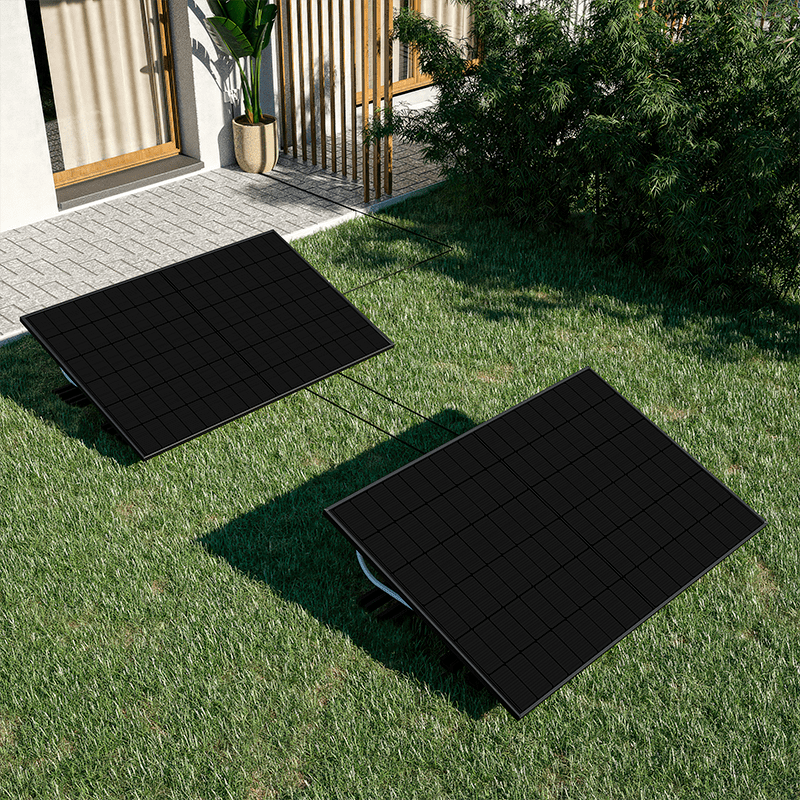
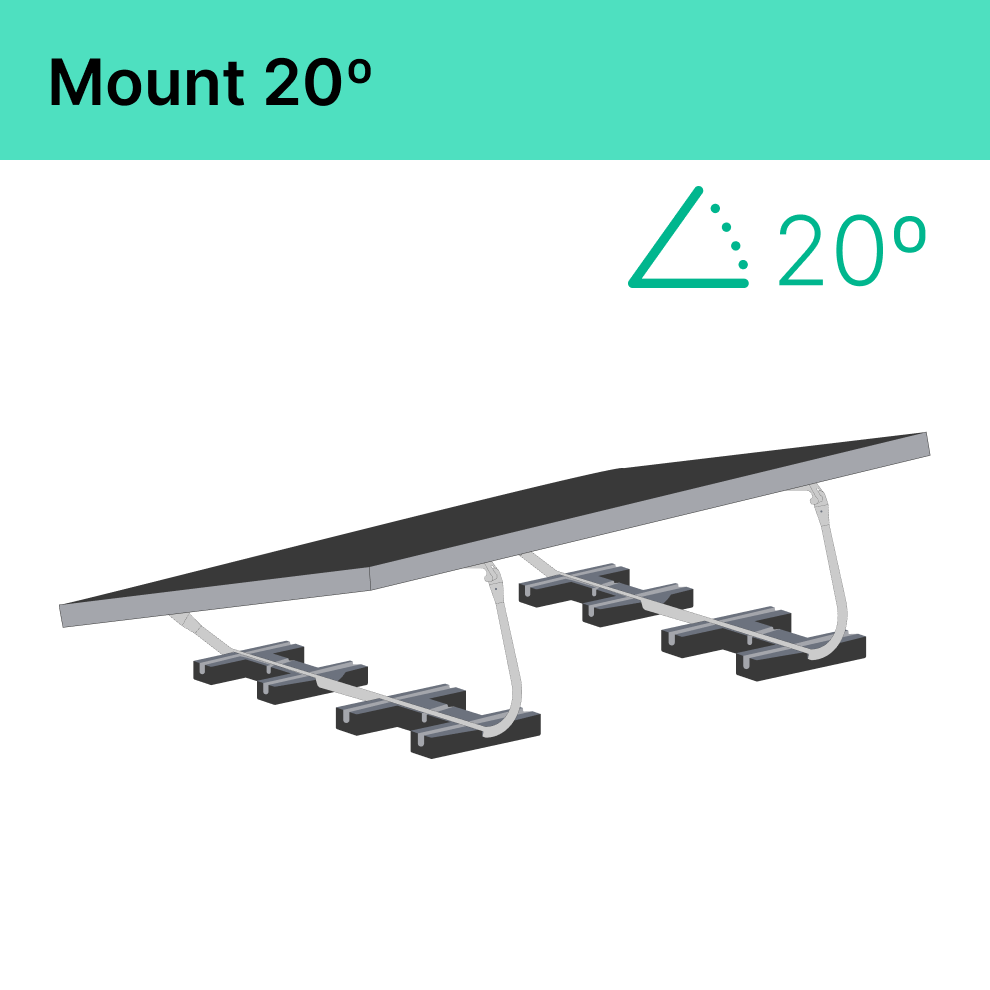
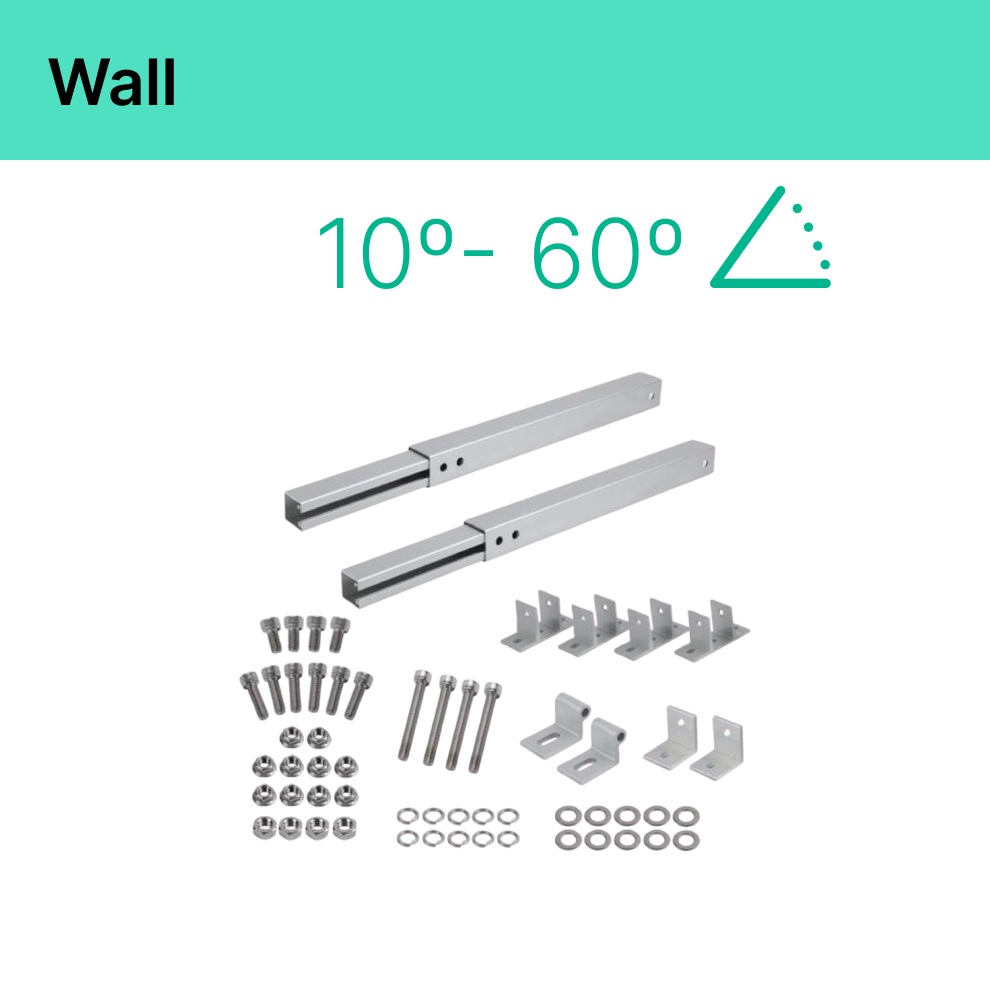
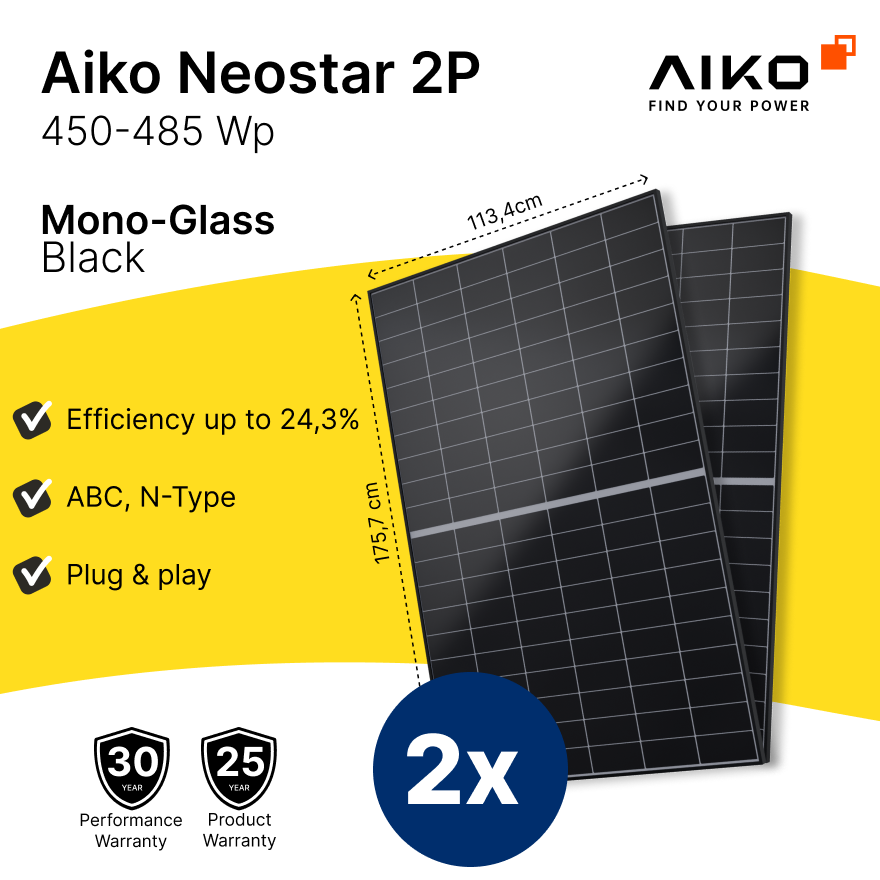
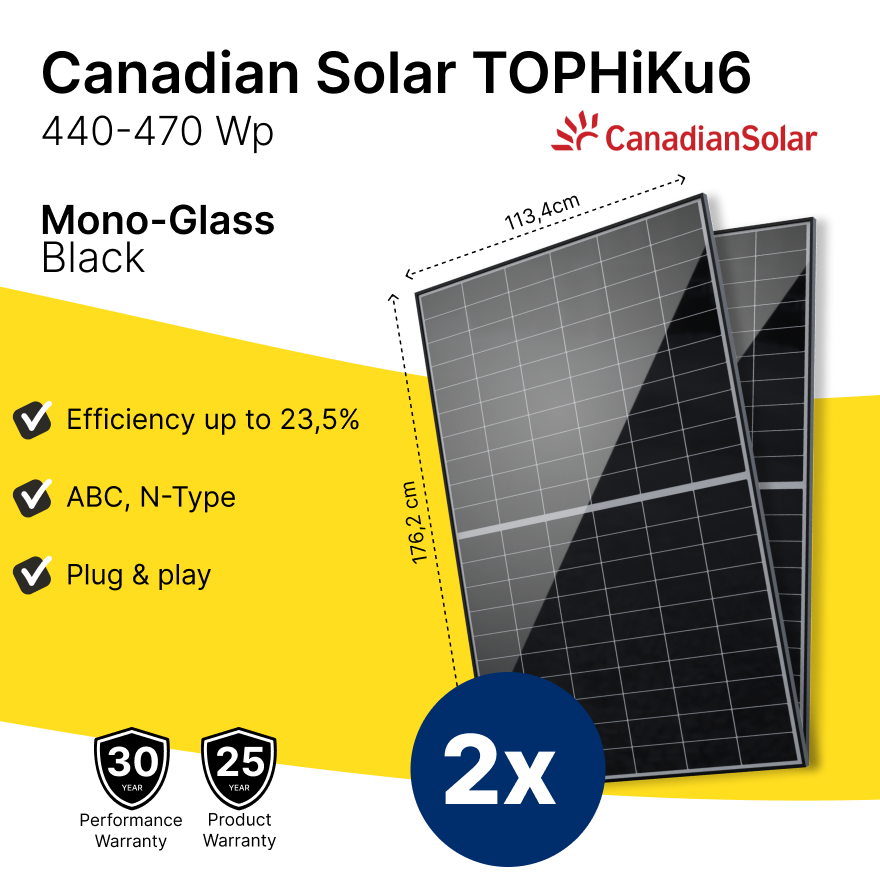
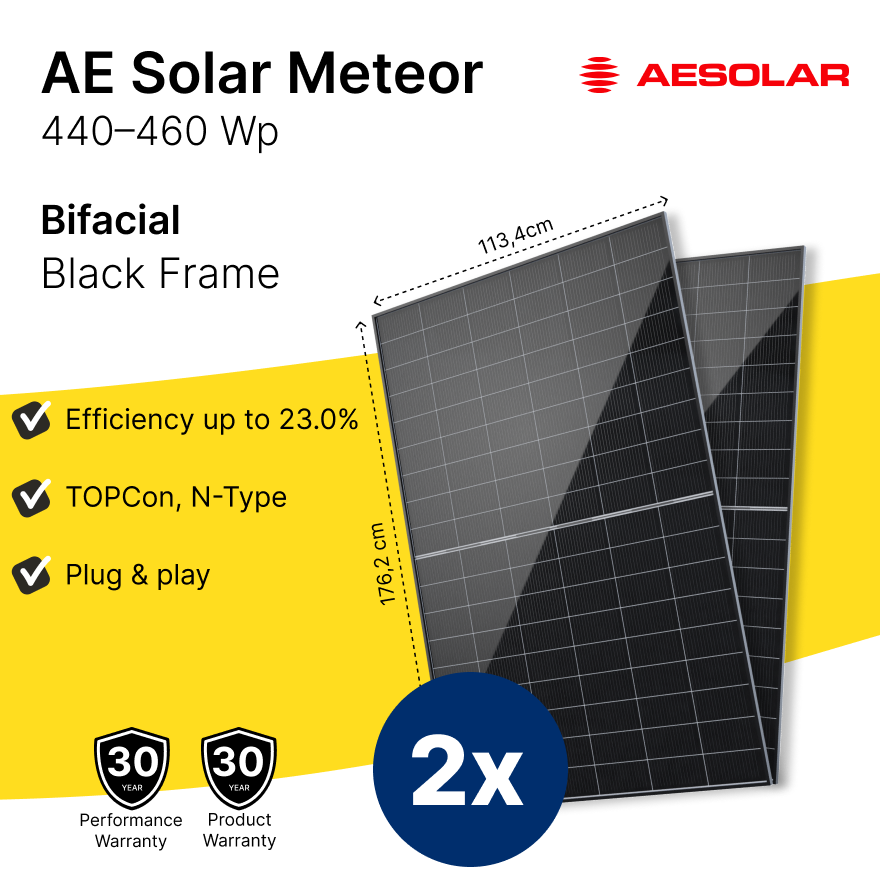
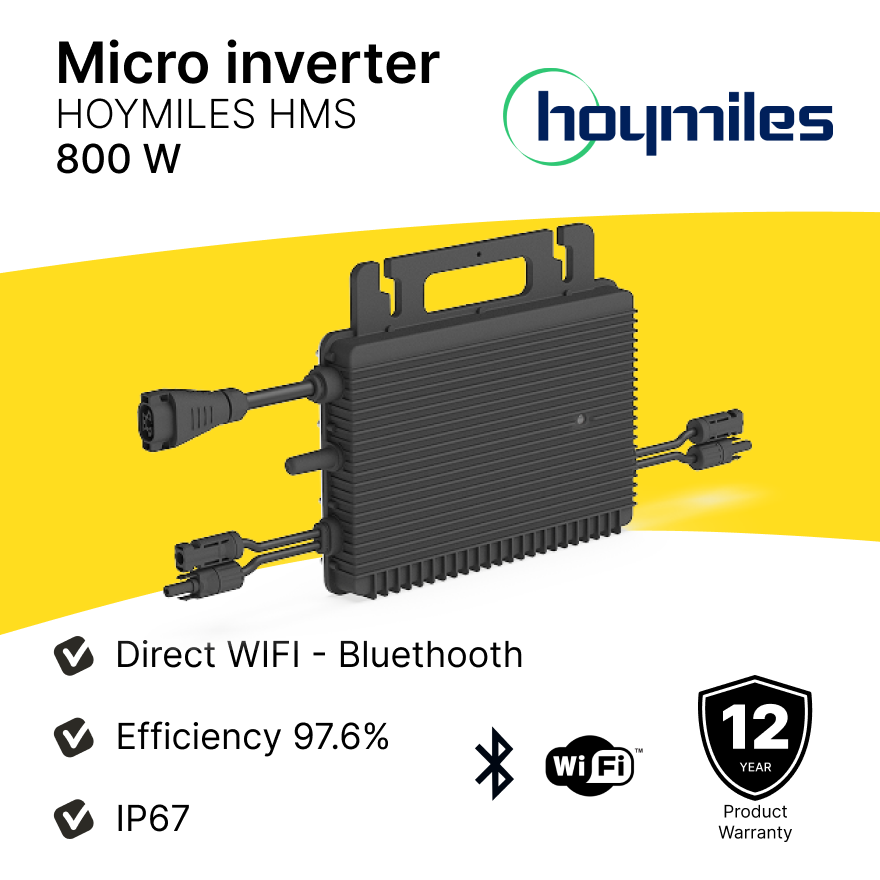
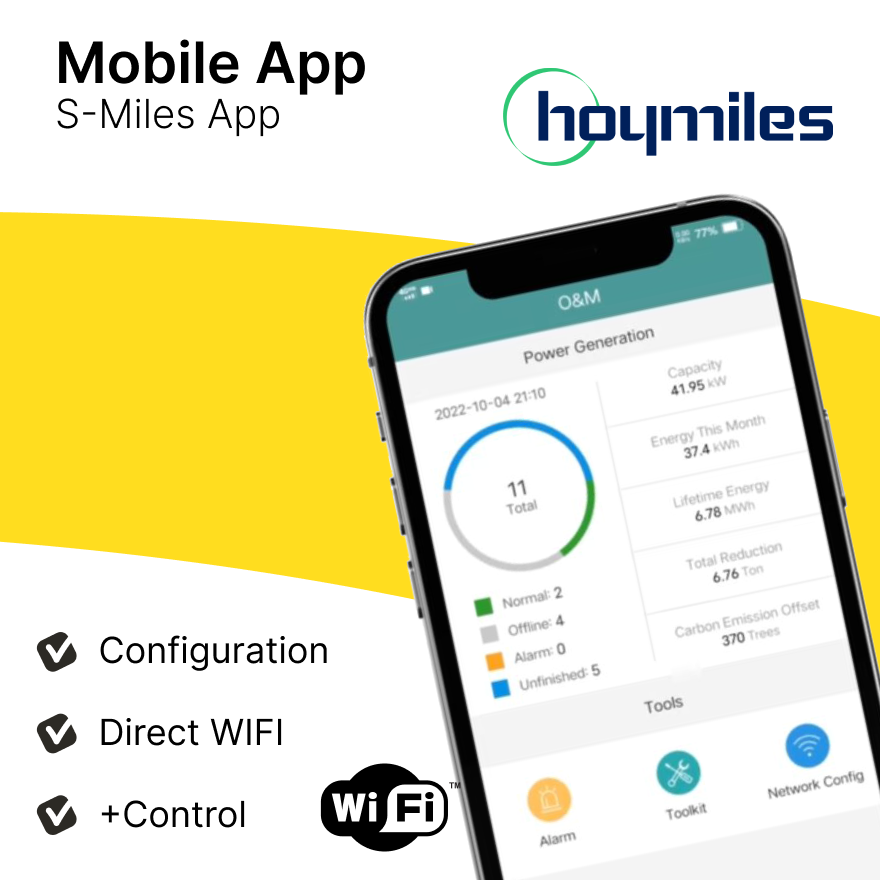
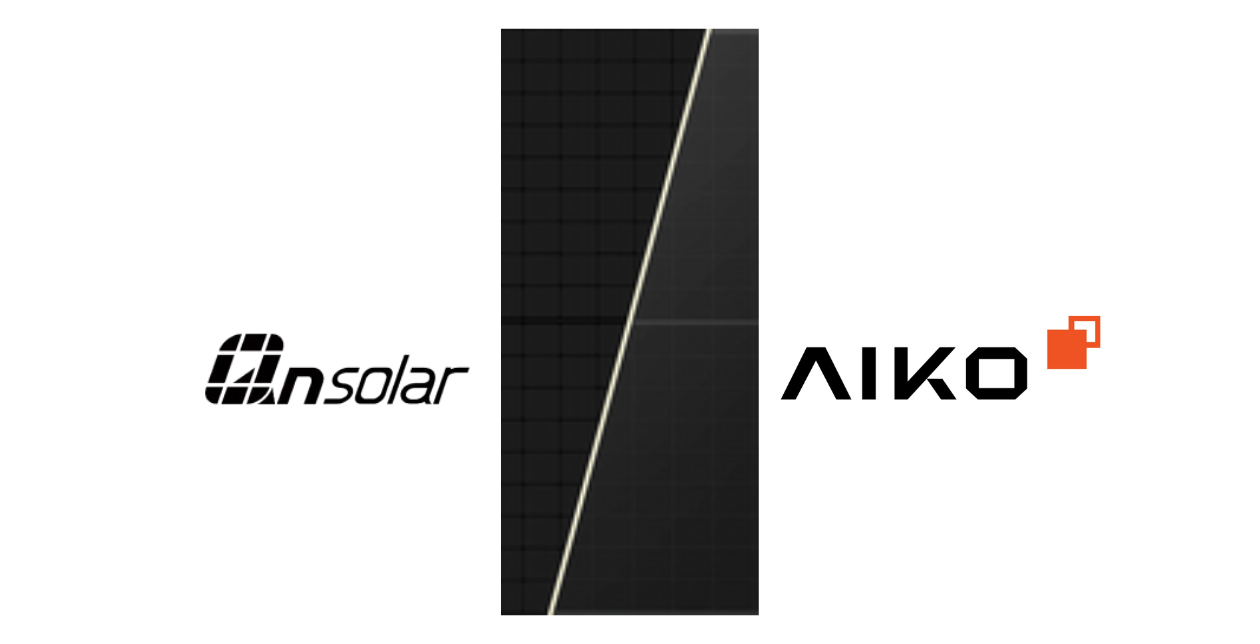
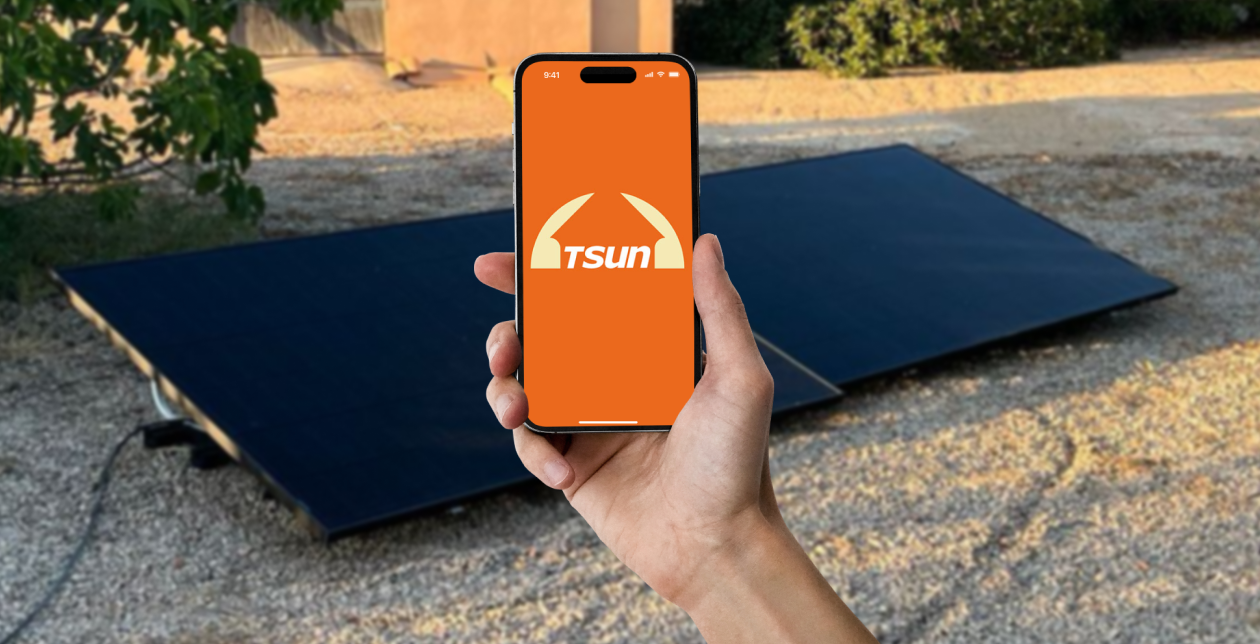
1 Kommentar
Boa noite,
Qual o medidor inteligente compativel com o inversor tsun800?
O inversor tem de ficar próximo do medidor?
No kit Salva telhas, o inversor pode ficar entre o painel e a telha, ou tem de ficar debaixo do telhado?
Cumprimentos
Elio
Hinterlasse einen Kommentar
Diese Website ist durch hCaptcha geschützt und es gelten die allgemeinen Geschäftsbedingungen und Datenschutzbestimmungen von hCaptcha.